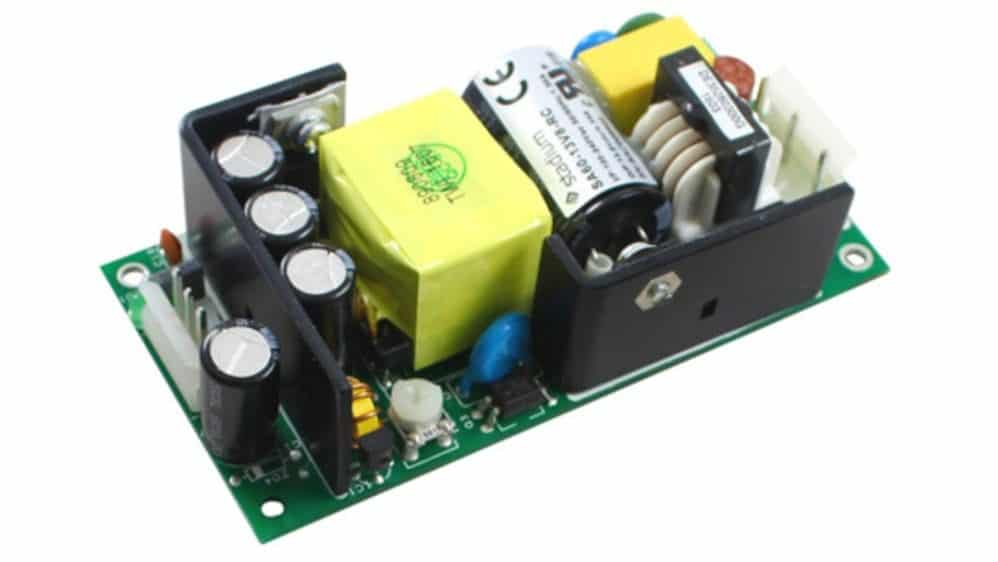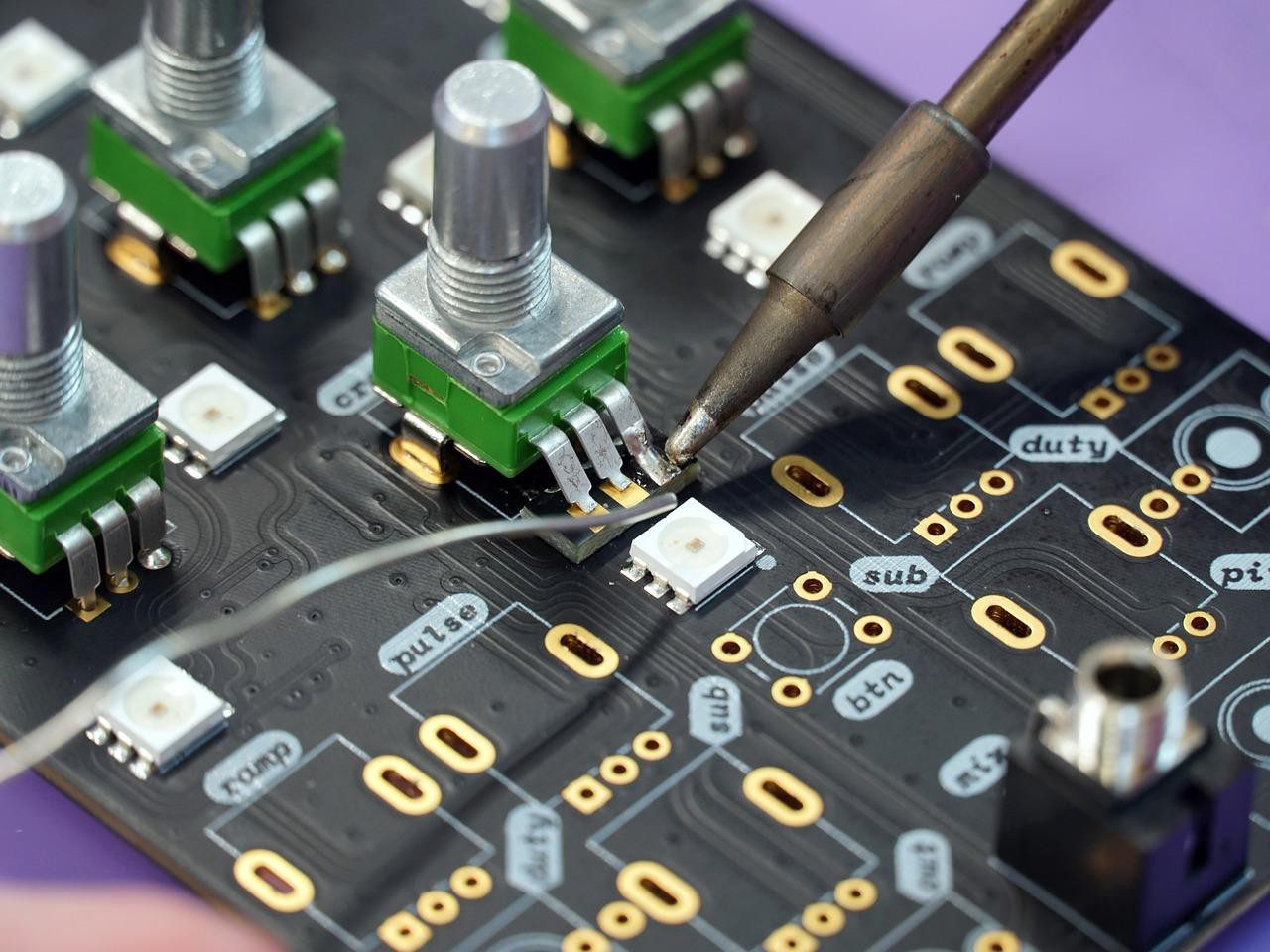Switching power supplies (also called SMPS, from the English "switched-mode power supply") are used in almost all electrical and electronic devices and are used to efficiently convert electrical energy from one voltage to another.
In today's article, let's take a look at what switching power supplies are. We will also see how they work and what their advantages and disadvantages are compared to a traditional power supply.
What are Switch Mode Power Supplies (SMPS)?
In two words? A switching power supply is an electronic power supply that can effectively convert electrical energy from one voltage to another. Normally, it is used to transfer current from a DC/AC source to a DC load (e.g. computer, cell phone, etc.). Most switching power supplies convert a higher voltage (110V or 220V AC) to a much lower DC voltage, such as 24V, 12V, or 5V.
We can find this type of power supply in almost all electrical appliances that we are used to using every day. Especially the compact ones. Let's not joke: they really are everywhere! For example, SMPS are present in cell phone chargers, computers, etc. They are also easy to find: you can find them both in electronics stores and online on specialized sites such as RS.

The history of switching power supplies
The invention of switching power supplies dates back to 1836. There is evidence that some inductive coils were used to generate high voltage spikes under laboratory conditions. After almost a century, in 1959, at Bell Labs, Kahng and Atalla invented the power MOSFET which is the basis of modern power supplies.
There are patent documents filed by IBM in 1958 showing the design of an SMPS based on transistor oscillation. Around the same year, General Motors Corporation (GM) also filed similar patents.
The first commercial and widely known product with a switching power supply inside? This is the HP-35 pocket calculator from Hewlett Packard. Since then, switching power supplies have been used to power LEDs, ROMs, and other primary elements such as watches. Although developed by many large vendors, Microchip Technology filed a patent for the use of the term “switched-mode power supply (SMPS)” in 1976 and, in effect, took out a nice mortgage on it.
Today it is used in many devices in the most diverse sectors, from the latest generation mechanics to robotics.
How do they work
Each of these devices consists of a complex circuit that operates at a very high frequency (20 kHz to 10 MHz). High-speed switching allows switching power supplies to convert electricity more efficiently than traditional linear power supplies.
The SMPS power supply circuit contains a number of sub-circuits. It is they who allow you to convert effectively the current from one voltage to another. Let's see how it happens.
During the input phase, the AC power current passes through a rectifier which gives a filtered DC output with the same voltage. As an example, in the input stage, 110V AC is converted to 110V DC. Additional LC filters (inductor and capacitor) are also found at this level to further eliminate any ripples.
The next phase is also the most important. Typically, switching power supplies contain one or more power MOSFETs that are used as the primary switching device. The PWM signal quickly turns the MOSFET on and off, acting as a switch. This converts the DC voltage (result of the previous step) into a high frequency square wave.
This brings us to the exit phase
Also at the output of the power transformer we have an oscillating signal which is further filtered. Even in the stage we find filters similar to those we saw at the input, but capable of handling more current at lower voltages. This is the last stage of the circuit that transfers energy to the connected load.
Finally, the switching device (transistor or MOSFET). It must turn on and off quickly to generate the square wave needed to power the current transformer using the PWM signal. The duty cycle is the ratio of the on time to the total cycle time. The SMPS output voltage can be controlled by increasing or decreasing the duty cycle of the PWM signal supplied to the transistor.


